|
I have been thinking about inspiration, what is it, where does it come from, how do I find it? Well, somehow I never seem to be short of inspiration and ideas, always coming up with little series of works and projects. On reflection I think this comes from my excitement being in the natural world, its visually stimulating and I instintctively want to explore how images from what I see. To prove this to myself I nipped outside at home, literally 30 feet from this computer as I type and took some photos of any texture that caught my attention. The above image is looking down on to the surface of a large blu/grey slate slab. Zooming in is a great way to find ideas for abstract paintings, the surface was hewn in the 19th century and has human activity laid bare on its surface. Beautiful, subtle, almost hyroglyphic, possibly space or sea bed but total inspiration. I instantly see how I can use this in my practice. Here is another one, instant minimalist inspiration. There is a landscape in this. Soft, chalky, gentle whites that bring images of Robert Ryman's white paintings to mind. Close up of ash tree bark, making me think of a birds eye view of deseret, blooms on a drought riden lake or clusters of human occupation. I want to play around with dotty patterns and lines on parchment paper or make an etching print. One more, but this is really unlimited. This is an old door that has been attacked by woodworm in the past. The holes are reminding me of star constellations and I want to join the dots to see what is revealed. Could be satelite imagery of animals moving around or a weather system of rain moving in. These could potentially form the basis of a little project... maybe called 30 feet in any direction! oh no, not another project! So I think I proved my point, inspiration is everywhere, mine nearly always comes from nature or the outside environment and humans intervention within that environment. Below is one example of how I might translate these types of reference into a painting. Rock, 20 x 20 cms, acrylic on wooden panel, 2022
0 Comments
I've been thinking about how I like to work and the place I work in that suits, or would suit, me best, basically my perfect studio! This is in the forefront of my mind because I have to move studios soon and not really sure where to yet... I currently have a small room, the light is quite good and I have a lot of stuff. I am quite a messy artist and like to set my paints, brushes etc. out, go through little rituals like making some tea and putting on my painty shirt before starting work. Then I will generally make some quick paintings or drawings to 'get in the zone'. I like peace and quite, occasionally having the radio on. I like to work on more than one painting at a time. This got me thinking about other artists that I am inspired and influenced by and where they made their work. There are some amazing studios out there, these are a few of the ones I most covert. This studio belonged to Emily Mason, its in New York in the iconic Flat Iron district, 32-34 West 20th Street. It is 4000 square feet of loveliness, very light, very white with loads of wall space and zoned for different activities. She died in 2019 but her work spaces have been kept as they were when she worked there. This is a dream space. 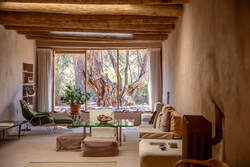 Georgia O'Keefe in her studio in Northern New Mexico, she lived here from 1943 and the setting provided the inspiration for her epic landscapes and skull paintings. Again big windows with lots of light, a specific desert light. The building is a traditional adobe house that keeps cool in the hot desert sun, mostly all that can be heard is the wind and the wildlife, a fairly solitary existence but one that enables focus and time to work. She had 2 seperate spaces in Mexico, one for Summer and one for winter, they now form a museum open to the public at certain times of the year. Barbra Hepworth lived and worked in St Ives, Cornwall. Her Studio merged with her garden, her garden becoming her sculpture gallery. It is a simple space, not excessive, lots of natural west coast light bouncing off the white walls. The house, studio and garden is surrounded by a high wall so it is a private, sheltered sanctuary but still in the centre of bustling St Ives. I have visited several times and it has such a lovely energy, I particularly enjoy the inside/outside connection and sitting in the garden looking at some of her scultures nestling amongst the foliage. Would love to work here! Andrew Wyeth had his studio in Chadds Ford Township, Pennsylvania, United States. It has a spare, natural vibe, big windows, wooden floors, plain plastered walls. This studio definately shows the character of the artist. The feeling is of serious work going on, nothing frivolous, when you enter this room it is to work. The studio and his work seem interconected, the colours reflected in each other. He was a realist artist focussed on the land and its people, his work is stunning, as is his studio.
So those are just a few of my favourites, the list could go on and on! The necessary themes emerging from my rummage around artists work spaces are light, space, peace and nature. That, apart from all the boring things like heat, water and sanitation, are what my next studio needs to have.... I am painting lots, some of the paintings are large - like 1 x 1.5 metres or so - and sometimes its a struggle for me to scale up everything to achieve the results I want. These paintings are full of lovely mini paintings, loads of em. I get sucked in to these areas, wishing I could replicate the feeling of these at a larger scale, these are relaxed and confident, the marks are exciting and the colour fields exactly right, urgh. The rhythm of my painting goes like this - great idea (in fact loads of ideas) - decide on size etc. - quick sketch of composition - start layering the areas of colour - adding more and more stuff - leave it for a bit - over complicate the painting - dislike it - paint large areas out - simplyfy everything - bigger areas of colour - add in areas of detail/drawing. And so it goes on. My aim is to always learn through practice, to start bigger and to leave it alone when the voice in my head says 'oh that feels exciting and slightly scary', and I feel that in my gut. One of my favourite abstract artists is Emily Mason (1932 - 2019) her paintings explain what I mean about spontaneous and gestural painting at scale. She talks about spacial relationships, using the paint for its qualities of transparancy, opaqueness and liquidity and knowing intuitively when it feels right. I am trying to bring a more spacious feeling into my paintings.
below L: Past the Morning Star - oil on canvas - Emily Mason Working on groups of paintings is satisfying and productive! This way I can achieve a consistency across the series so they will all work together. These are drawings of rock shapes, trying to reference the shape and get a sense of dimension. These are wooden panels so I can really scrape the paint, scratching and sanding then adding further paint layers. The splatters are an echo of lichen greens and pinks that grow on the stones. Adding layers and trying to keep the shadow of the shapes, I am thinking about the effects of weather over time on the stone and how the elements soften and erode detail. I have used paynes grey for the darkest areas and a cloth to blur the edges, scraping other colours over the top and wiping off when nearly dry to leave a shadow of the colour. Its common for artists to work on more than one painting at a time, I am doing this for groups of similarly themed but individually different paintings. Claude Monet is a famous example of working in series, he painted a series of the same haystack in different light, weather and times of year throughout his life. Working this way means I can really get stuck in to experiencing the subject, exploring the texture, shape and colour. Looking at the tiny details that take time to see and replicate at scale. The object becomes familiar and the drawing of it more relaxed and intuitive, I have realised that its not until this stage that I, as an artist, apply my own unique style to the painting, almost as if I can get past the physical object and add something more, is Meta the word?...
This is the second stage of painting for the 2 big ones. It is still a landmass with horizon, recognisable as a landscape. I have started to add shapes within the mass and layers of colour. The black lines represent a map I have found through my research on Dylife lead mine, its a linear map showing where the all the cuttings and mine shafts were and the tracks used. The idea of duality is appearing, the bigger landmass and the microcosm within, the mapping also representing lines within rock and layers within the earth. A rock representing the landscape. A close up shot showing how I have used the printed paper, it has produced a very satisfying effect. As well as the representational aspect it also adds contrast to the composition and a feeling of solidity.
Over the past few weeks I have been reading some nature poets, including Mary Oliver, Ralph Emerson, John Clare and Gary Snyder. I love the buddist and environmental approach of Gary Snyder, the affinity with solitude that Mary Oliver has and Emerson's meditive influence talking about understanding 'the truth'. I've been thinking about how words and painting can work together, the idea of understanding 'the truth' Emerson talks about links to impressionist paintings and the search for painting 'the truth'. I guess it means peeling back layers and getting to the heart and feeling of a place. I love this poem by Ellen P. Allerton, its called The Old Stone Quarry and speaks to my area of focus. Grown with grass and with tangled weeds, Where the blind mole hides and the rabbit feeds, And, unmolested, the serpent breeds. Edged with underwood, newly grown, Draped with the cloak that the years have thrown Round the broken gaps in the jagged stone. It was opened—I know not how long ago-- Opened, and left half-worked, and so In this ragged hollow the rank weeds grow. Why lies it idle, this beautiful stone? Ho, for the pickaxe! One by one Hew out these blocks—here is work undone. There are possible towers in this serpent's den-- Possible homes for homeless men. Who shall build them? and where? and when? Must they lie here still, unmarked, unsought-- Turrets and temples, uncarved, unwrought, Till the end of time? 'Tis a sorrowful thought! All through the heats of the summer hours, The wild bee hums in the unplucked flowers That creep and bloom over unbuilt towers. As I sit here, perched on the grass-grown wall, Down to the hollow the brown leaves fall, Little by little covering all. So month after month, and year after year, The rank weeds creep and the leaves turn sere. And a thicker mantle is weaving here. And a day may come when the passer-by, Threading the underwood, then grown high, Shall see but a hollow, where dead leaves lie. There are human souls that seem to me Like this unwrought stone—for all you see-- Is a shapeless quarry of what might be, Lying idle, and overgrown With tangled weeds, like this beautiful stone-- Possible work left undone, Possible victories left unwon. And that is a waste that is worse than this; Sharper the edge of the hidden abyss, Deadlier serpents crawl and hiss. And a day shall come when the desolate scene, Though scanned by eyes that are close and keen, Shall show no trace of its "might have been." I have decided to make 3 big paintings on wooden panels, these are 42 inches by 86 inches, 4 20 x 20 inch wooden panels and half a dozen small 10 x 10 inch wooden panels. These might not all be in the final selection for the exhibition but at least I will have some options to select from. Here are the first 2 of big ones showing an initial drawing/composition. The idea is to represent the mining landscape, using the shapes of rock, stratification, soil, quartz, gems and tunnelling as reference. I have been constantly back and forth with how to do this, should it be a realistic representation or abstracted? or a mixture of both? How literal should it be, what is the story, the essence I want to convey? Finally I decided to go abstract! but maybe include a small element of realism by representing one of the gems found in the mine called Ramsbeckite, an indigo/turquoise gem. The composition represents a landmass and will show layers below the surface describing shapes of rocks, tunneling and soil and organic matter. The view will be side on as if you are looking through layers like an archological dig, layers through time that are being revieled to us. The shape of the landmass is also the shape of one of the rocks I found, so its an overview of land and what is contained within it. This is the first stage of painting for 2 of the big panels, laying down colour and thinking about how shapes fit together. I have added some of the collage paper that I discussed in my previous blog. This represents cutting/tunneling and also seams of quartz running through rock. Initially I am working on these as a dyptych but this might/probably will change! There is a third big panel but not started that yet. I don't think it will be a tryptych... but you never know at this stage, everything could change. There is also an obvious horizon indicative of landscape but I am unsure about including this at the moment.
Its always exciting to make bits and pieces to use as collage elements. I found some ribbed cardboard in my box of stuff that might come in useful one day and thought this would work for adding surface texture and representing some of the rock layers. I have been using collage to work out shapes and have experimented with this in previous work. Using a roller I applied acrylic ink to the surface of the cardboard and then using Gampi paper, a thin japanese paper, I transfered the ink, this made interesting uniform but characterful textures. I used a few different colours and made a stack of them so I could rip them up and use fragments or cover larger areas.
Settling down to mark making and exploration is very relaxing, using a limited colour palette and different types of marks brings a different state of focus. Repetative actions become an act of meditation, each square using the same colours but becoming different, and endlessly variable. I am instinctively drawn to some more than others and reflecting on why I think some work better. Its something to do with composition, the quality of line and space. Making a lot of small paintings like these enables a flow, the first one somehow tighter and a bit forced, the later ones more experimental and bolder. I am trying to use bigger areas of one colour and not to overdo or overthink and get bogged down in detail. I think I will cut these up and bind them together to make a small sketchbook to refer to. The rocks I collected from around Dylife lead mines have within them a whole world, mini landscapes in their own right and I am representing some of this in making marks and shapes. These are monochrome acrylic paintings on paper, I have used PVA glue in some of the areas and when the glue has dried slightly put paint over it and dragged it around with a piece of cardboard. This creates amazing patterns and organic shapes and exploring techniques like this is useful reference material for beginning the final exhibition pieces.
There are some amazing shapes and shadows to be found within my local landscape for reference material. These rocks are a microcosm of a wider world. Evoking thoughts of time passing, land, objects revealed, all relevant to my practice and on going painting project. These shapes are a total inspiration. Directly referencing the rock shapes I have found at Dylife lead mine I am thinking about how to describe form with drawing techniques and coming up with ways to effectively use line to give an impression of a solid mass. I am excited by the blockiness (land mass) and the slivers of bright colour suggesting cracks and crevices, implying hidden treasures.
The spoil heaps and stones at Dylife lead mine are mostly reddish brown because of iron oxide and pollution from past mining activity but I want to imbue them with life and energy, a memory or vibration of human endeavour or exploitation which ever way you want to look at it. There is a large amount of quartz to be found and rocks with quartz running through them like rivers of energy, forming amazing organic shapes. Gem stones have also been found.... more on that later. The past few weeks have been full of artist research, reflection and planning. Revisiting Joan Eardley, enjoying her energetic and spontaneous brush work is making me think 'how can I loosen up, not get too bogged down with detail and don't allow my work to become tight and over complicated'. Chatting through my initial thoughts for final exhibition paintings with my tutor and mulling over possibilities of shape and scale prompted research into the work of artists Ian McKeever and Michael Porter. Instantaneously transporting me to an amazing world of texture and boldness with themes that directly resonate with the elements I am exploring in my research and practice and inspiring me to think big, think deeper and more conciously and work out a way of discussing my paintings more effectively. Be brave!
I want to make paintings that describe land, the solid mass and the living soil. I want to make paintings that imply the legacy of human activity on and in the land. I want to make paintings that dig deep beneath the soil in all its living, breathing magnificance. Taking time to just sit with paintings, looking and thinking is so worth it. All sorts of new ideas pop up, particularly about composition and colour, and spending an hour just looking and jotting down thoughts as they flow through my mind allows for consolidation, space for new decisions and ultimately makes for a better painting. |
hilary
fine art degree student at aberystwyth university. Archives
April 2022
Categories |
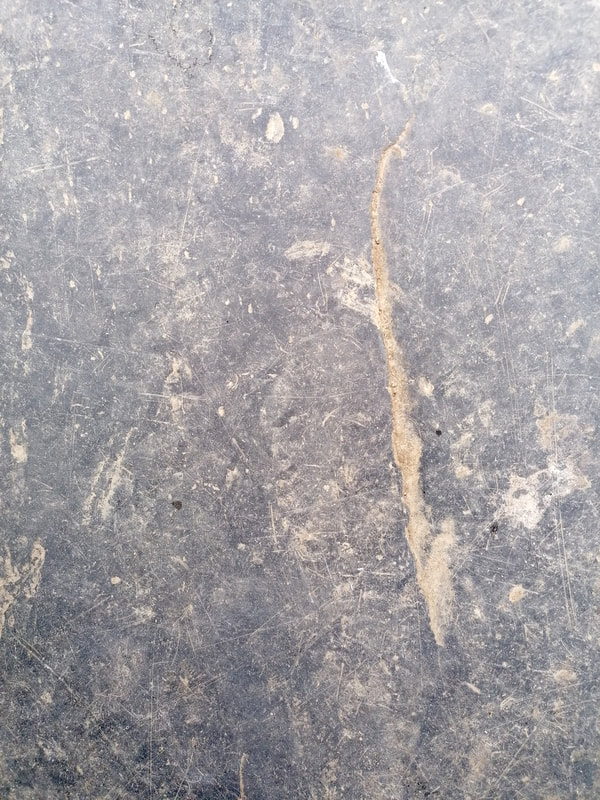
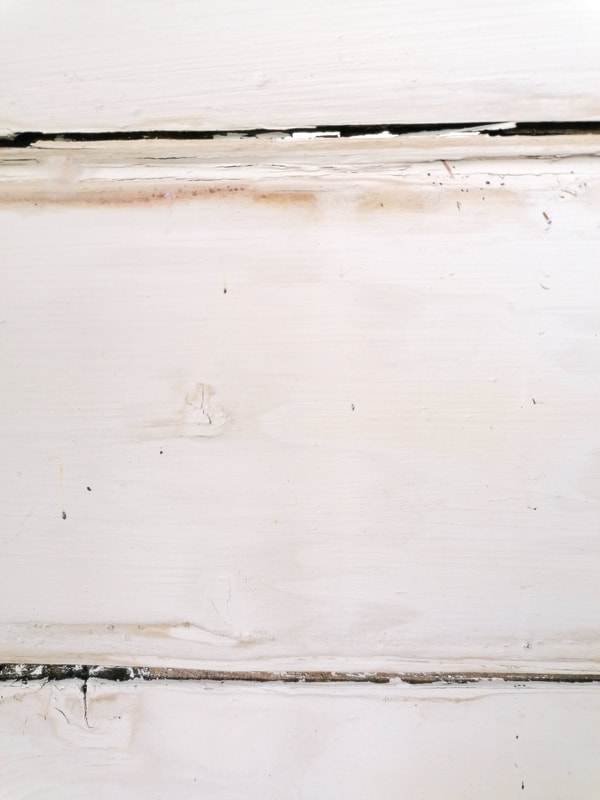
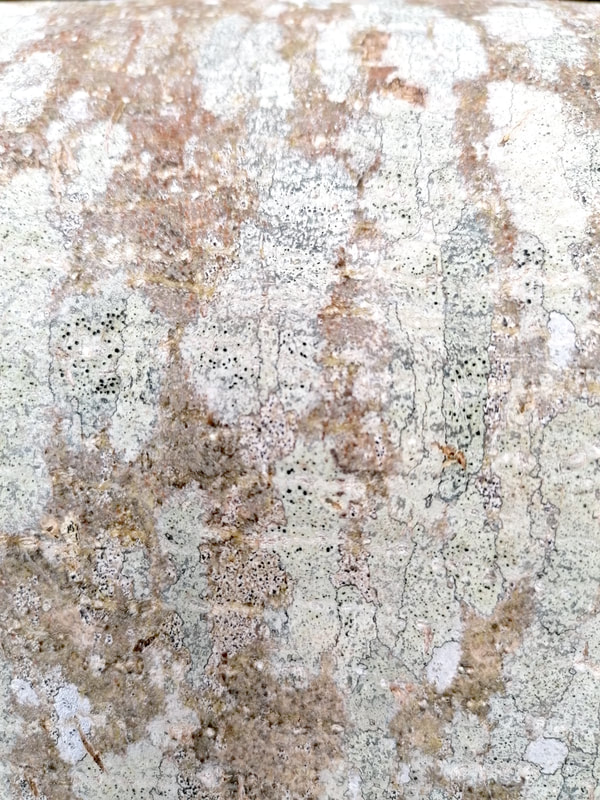
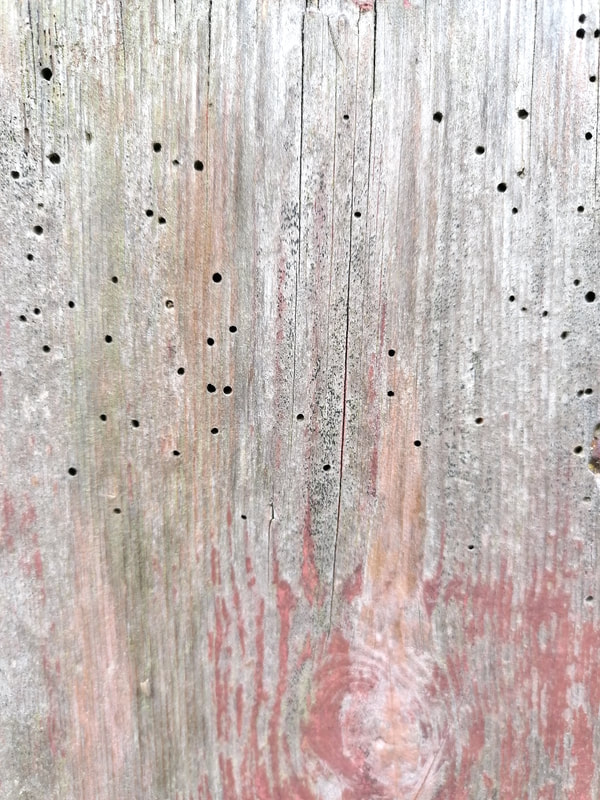
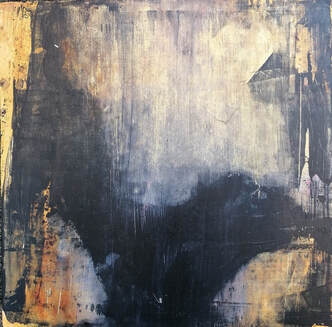
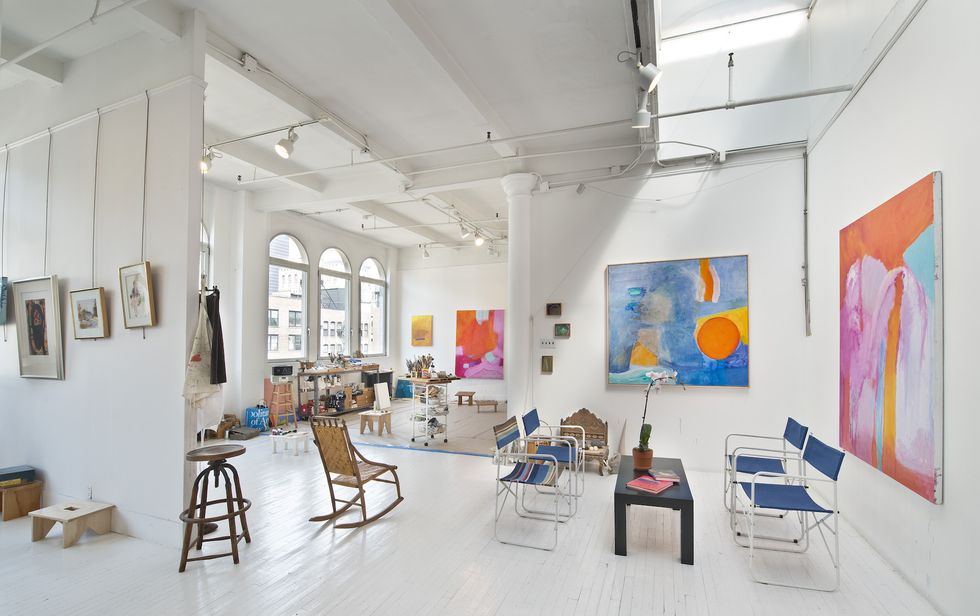
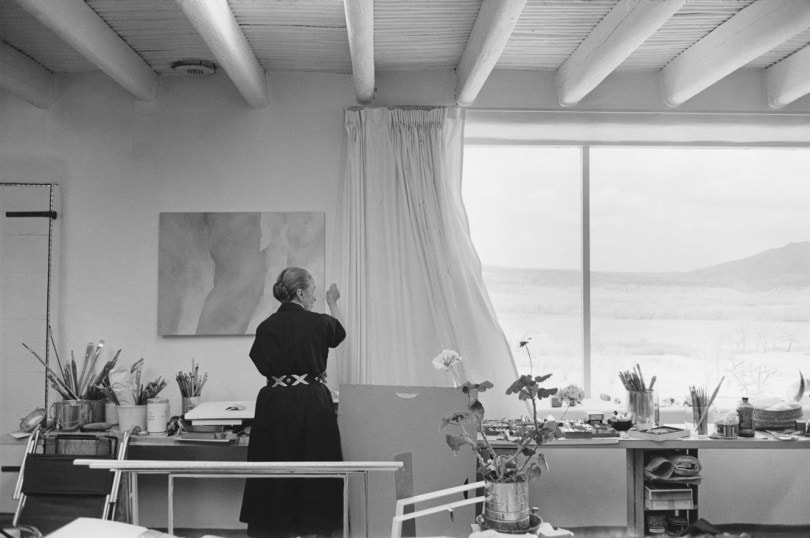
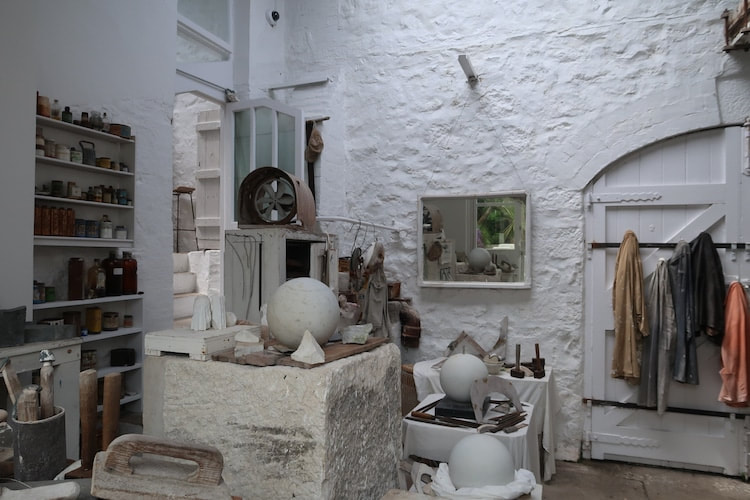
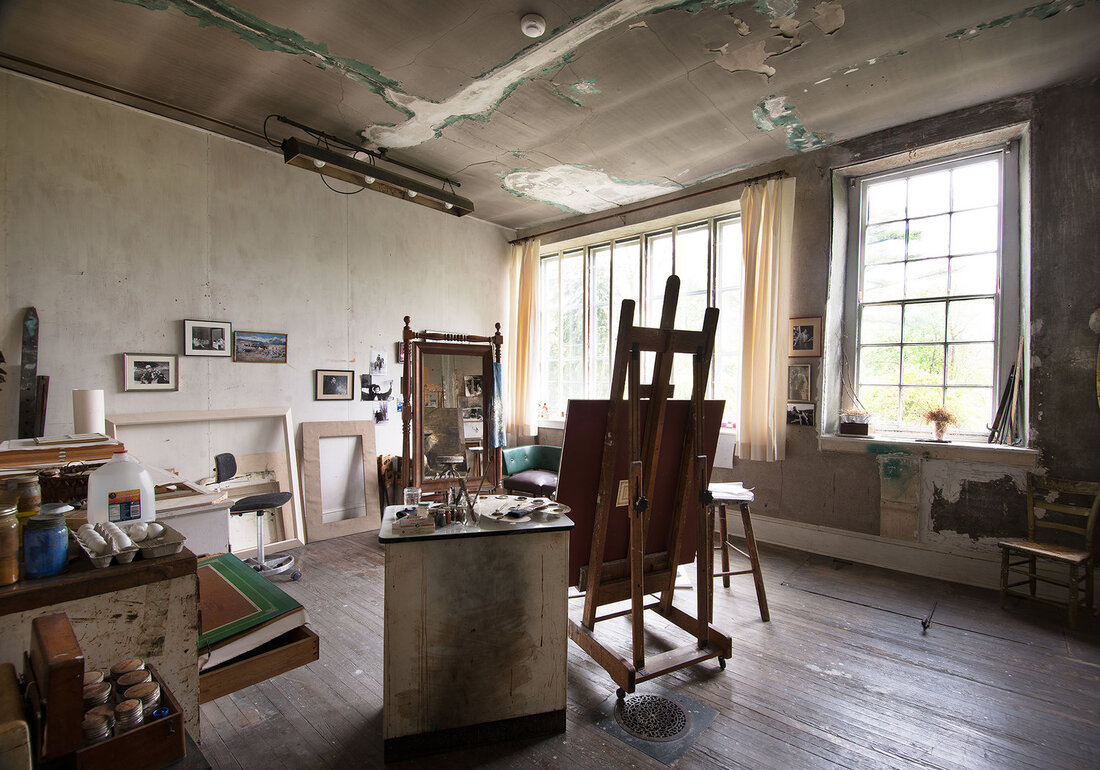
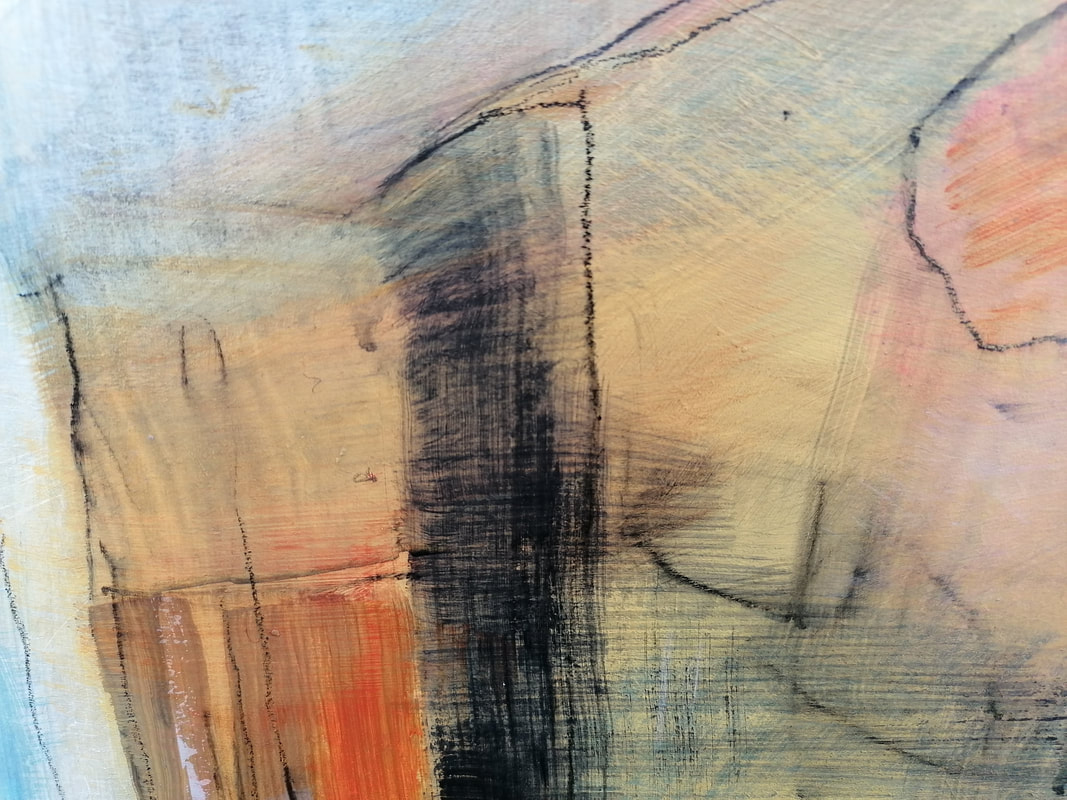
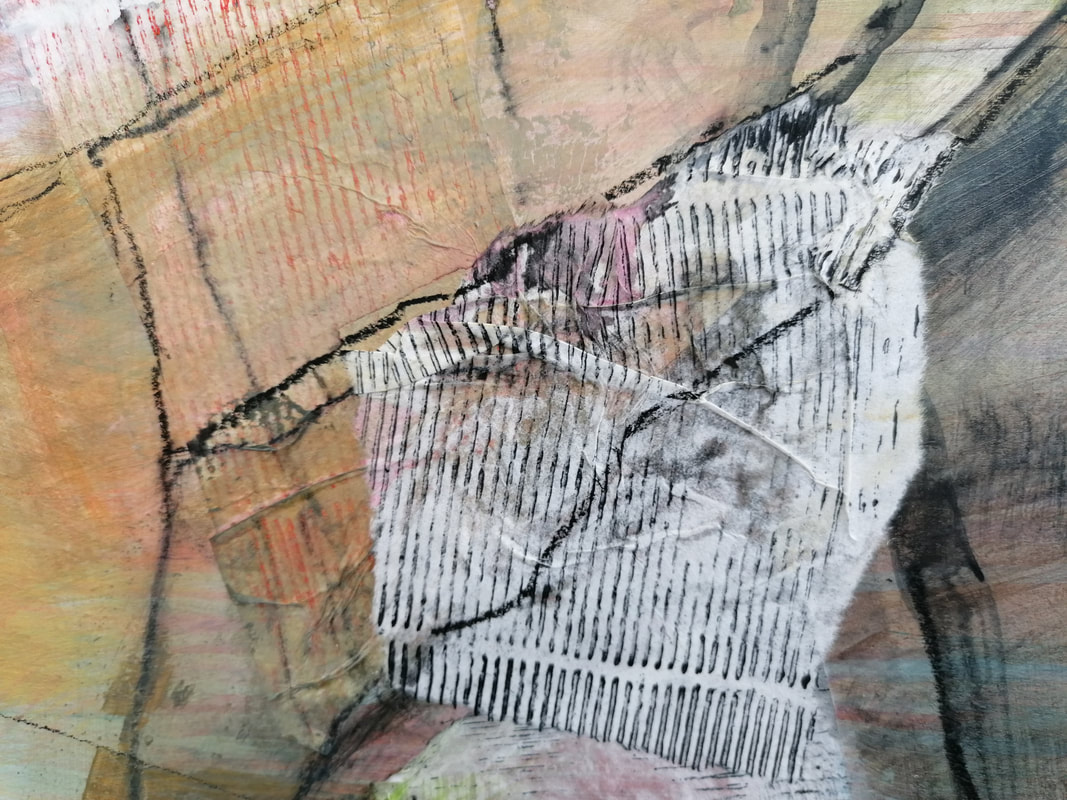
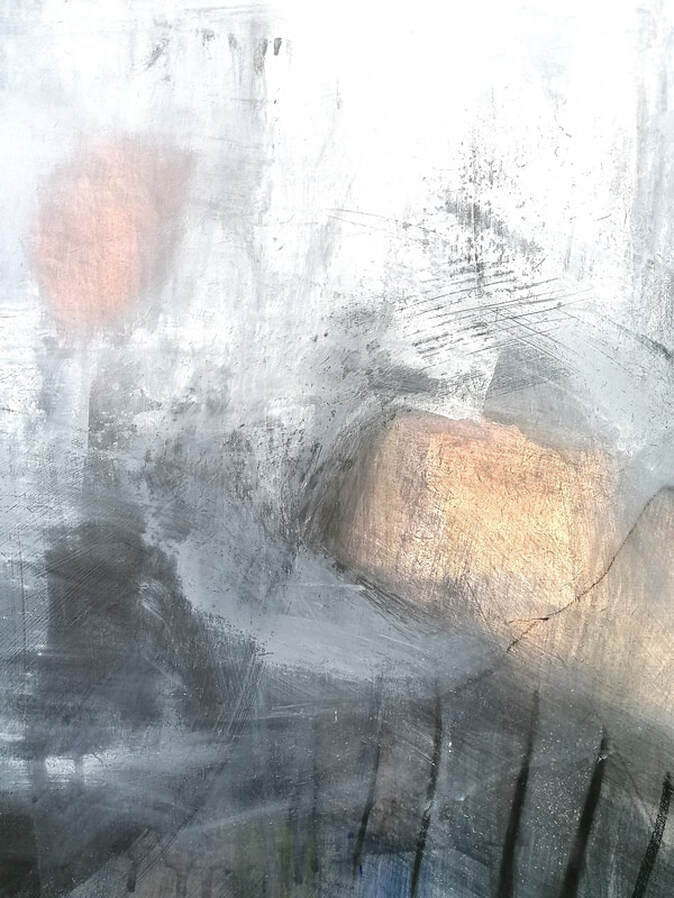
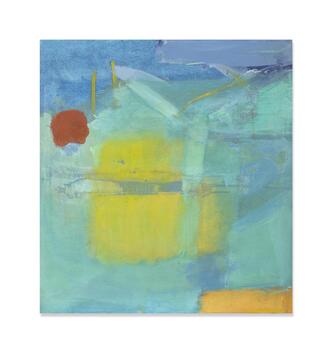
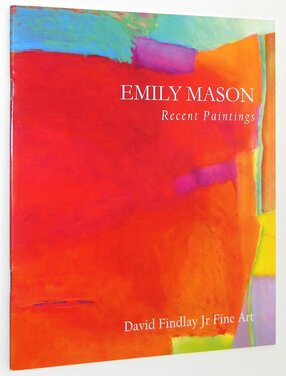
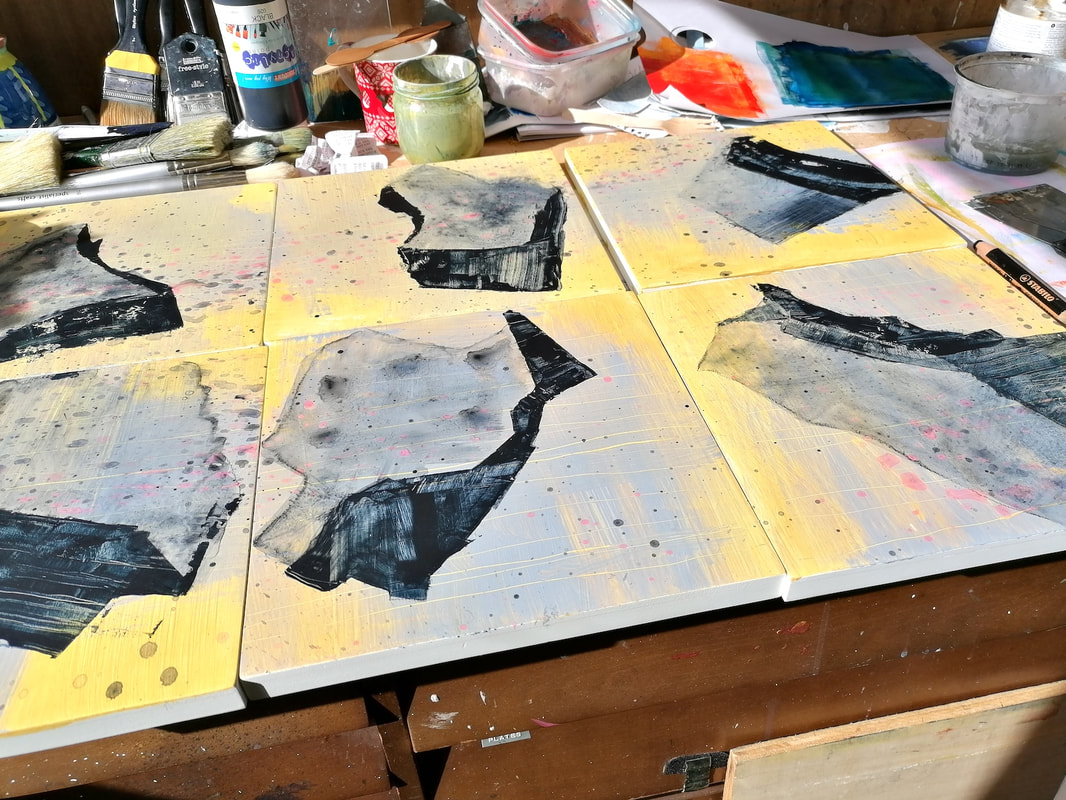
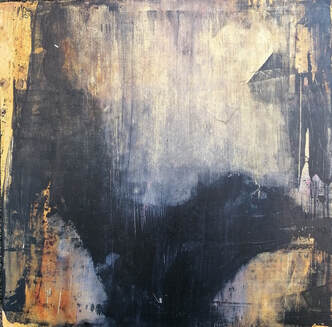
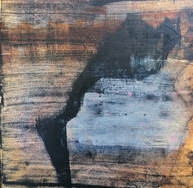
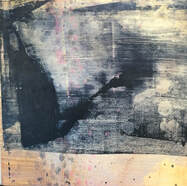
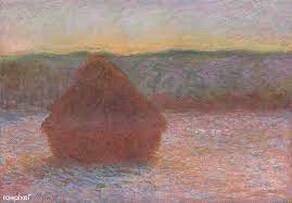
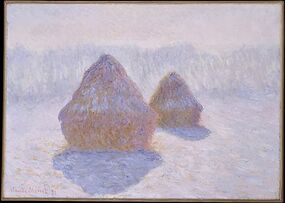
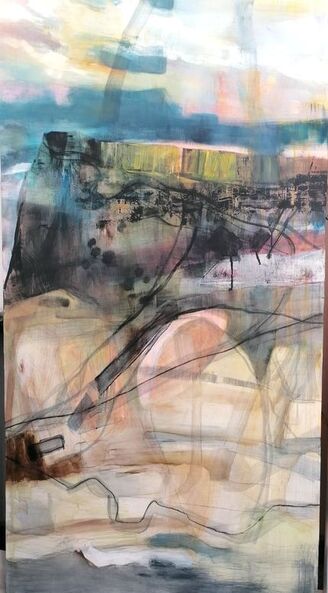
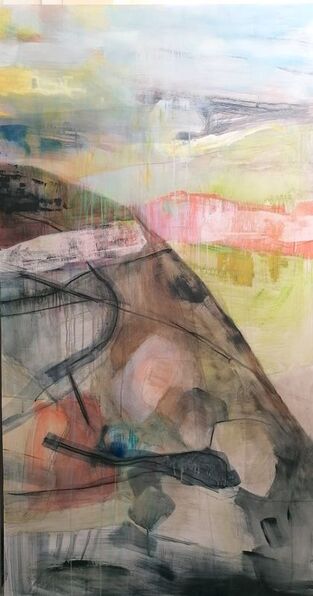
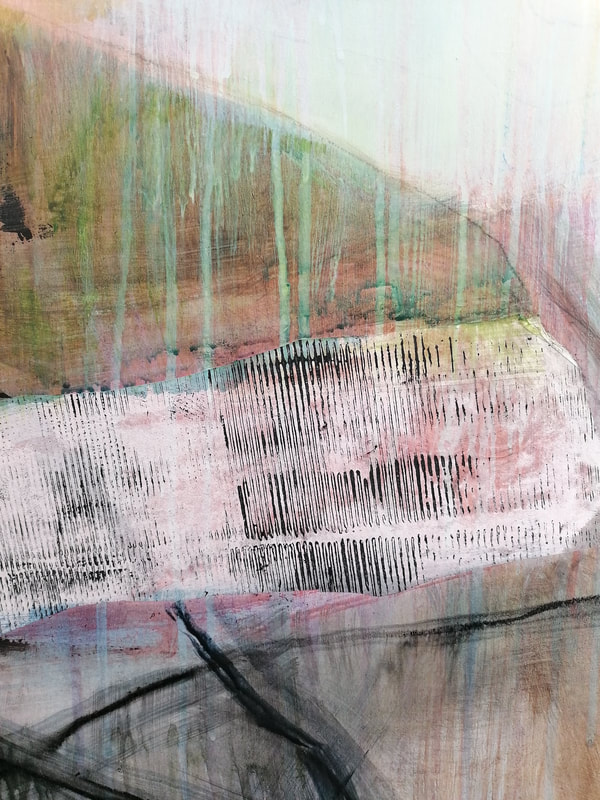
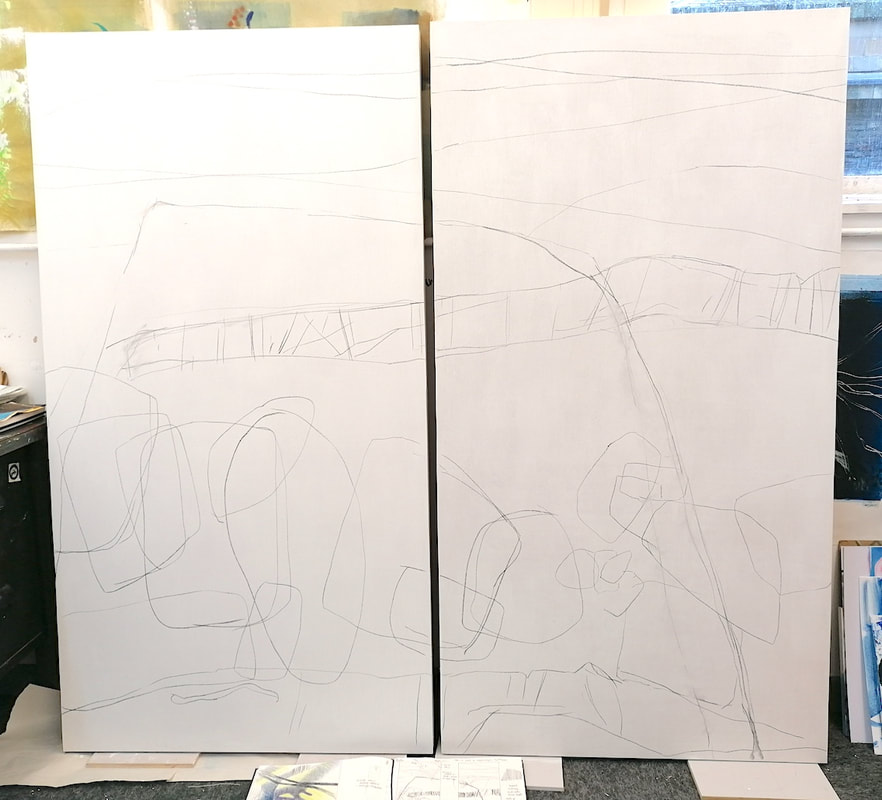
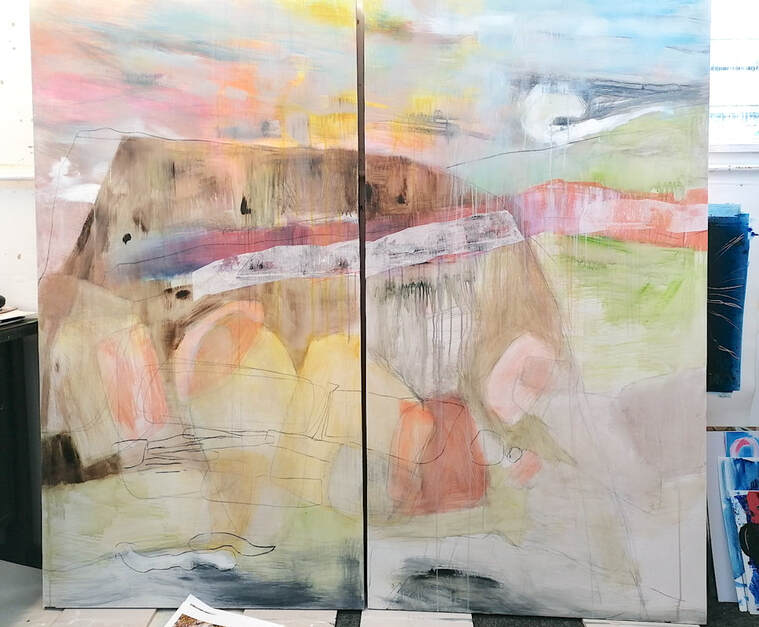
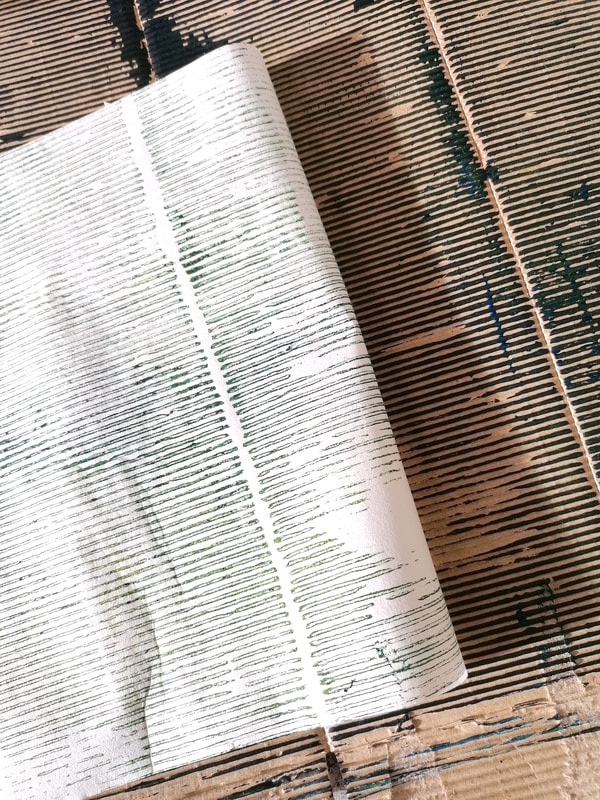
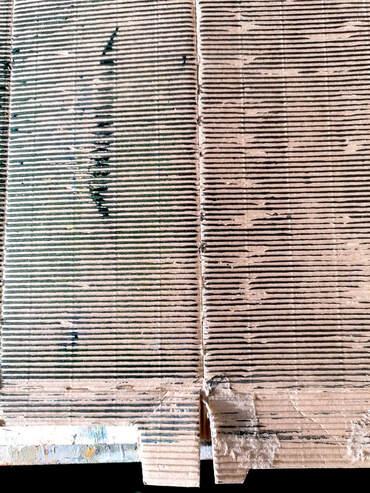
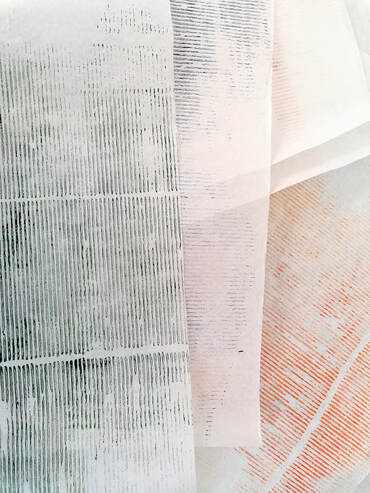
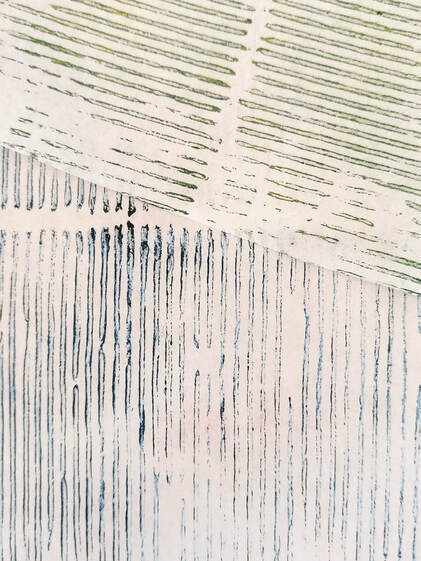
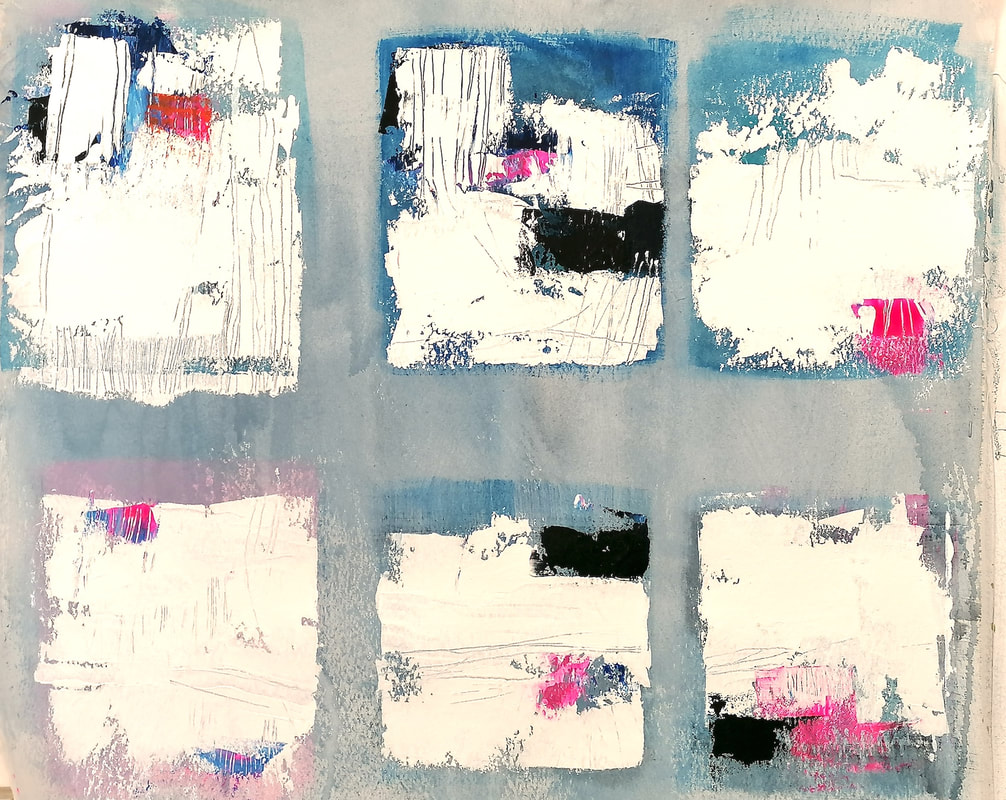
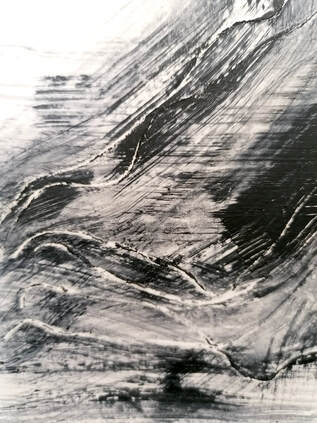
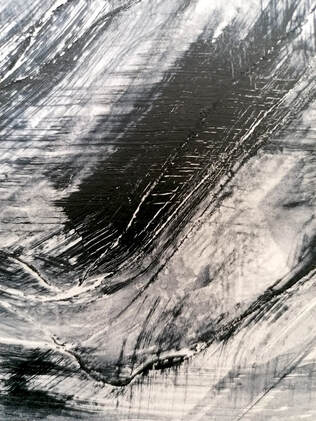
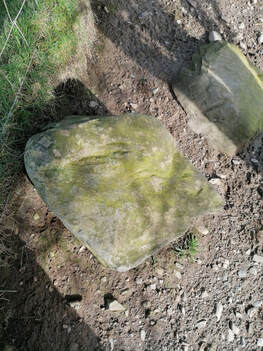
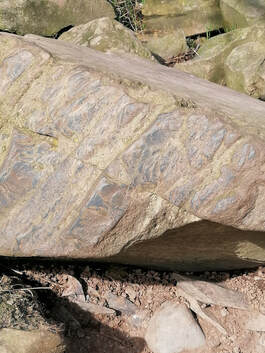
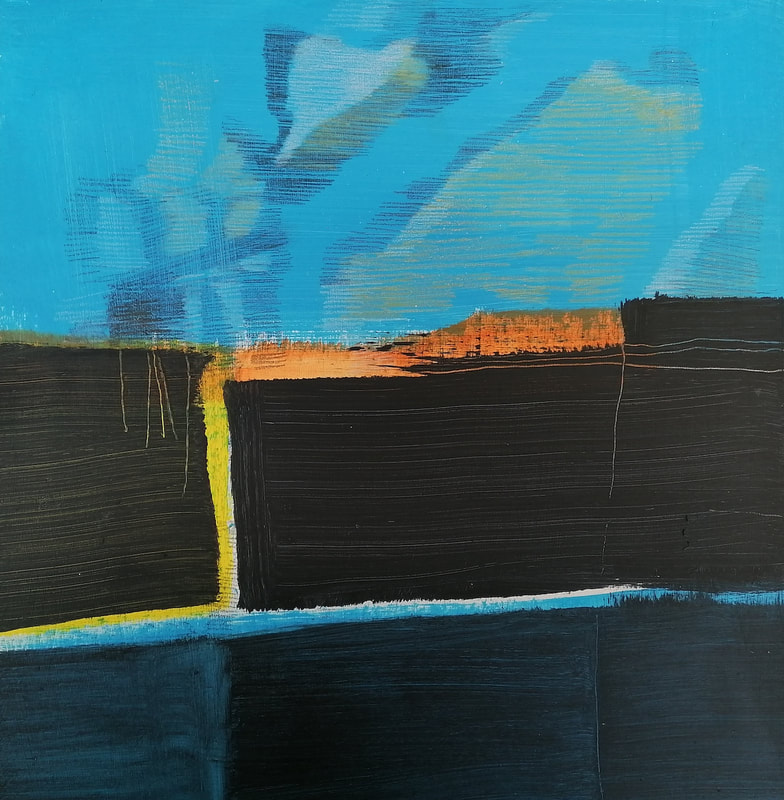
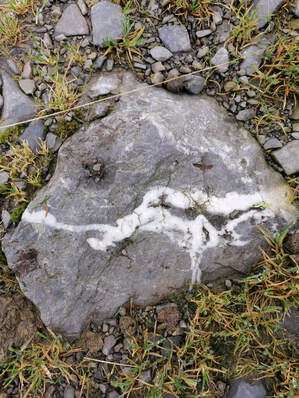
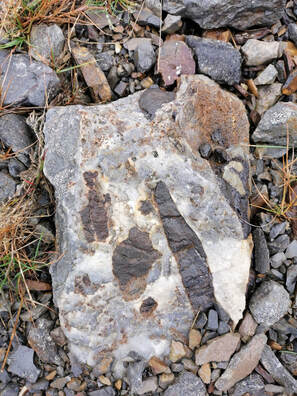
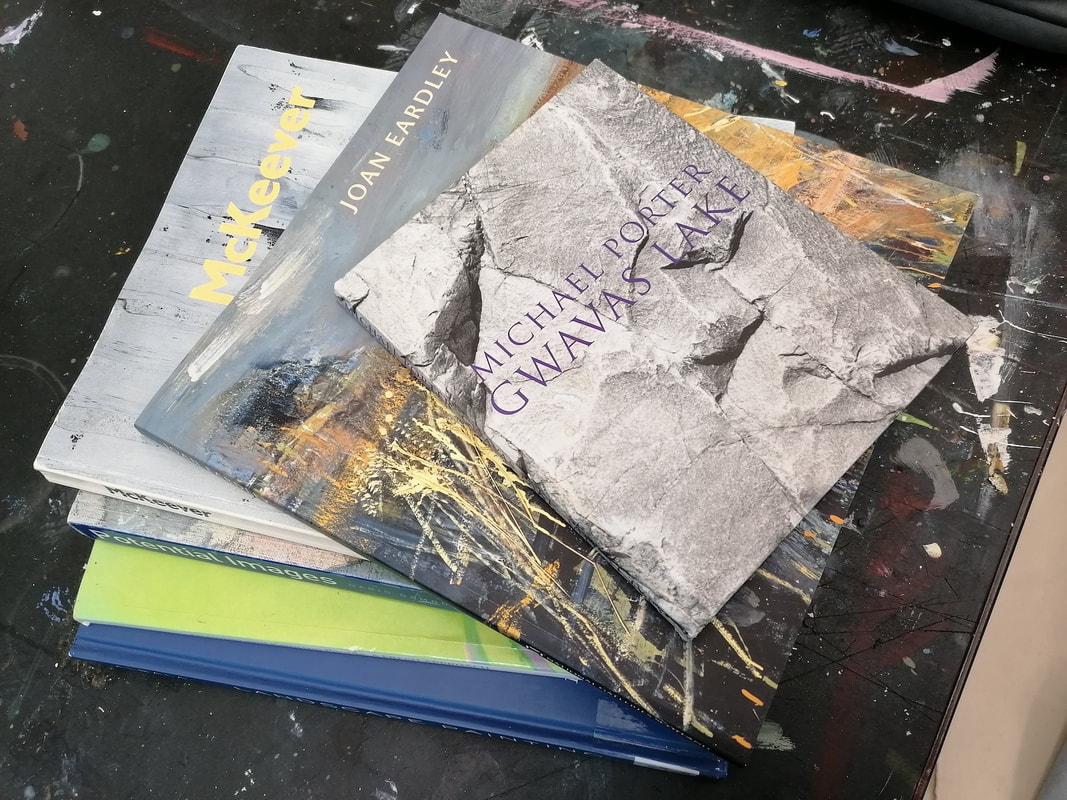
 RSS Feed
RSS Feed